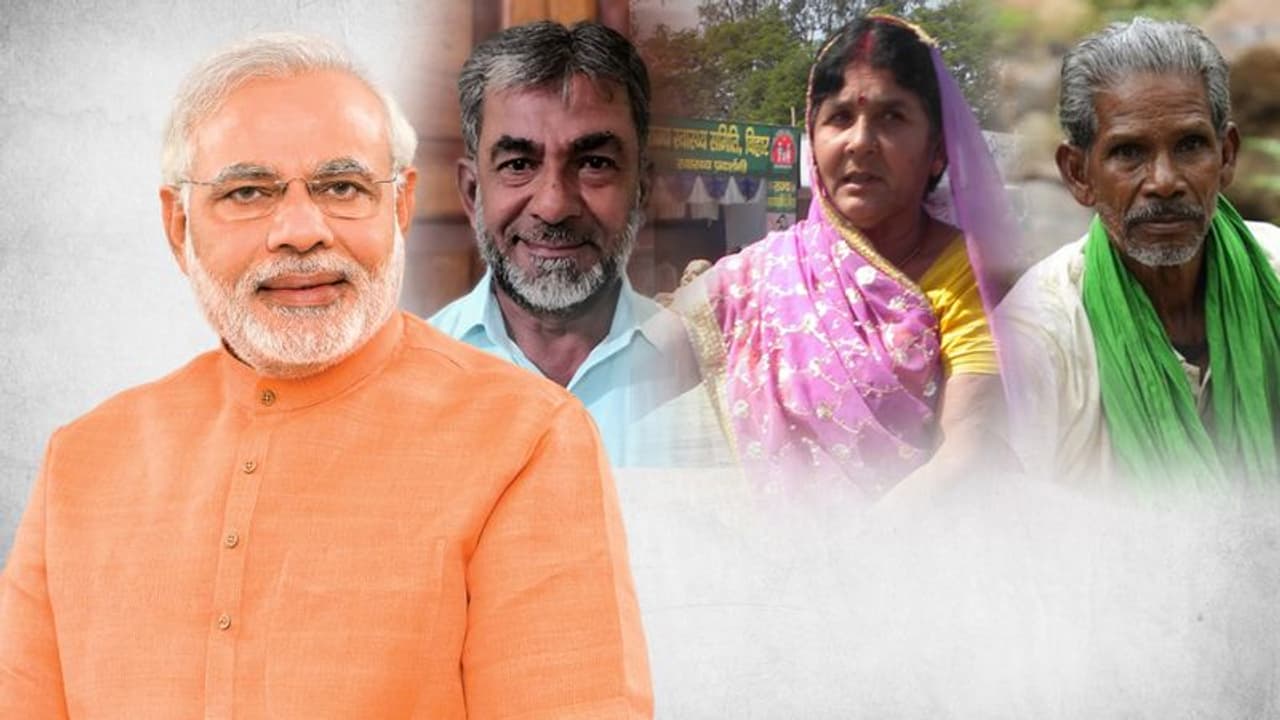Prime Minister Narendra Modi started the 53rd episode of his radio programme by paying tribute to the martyrs of the Pulwama attack. He also expressed immense happiness for the 12 farmers who have been honoured with the Padma Shri award this year.
Prime Minister Narendra Modi in his last Mann Ki Baat on February 24, talked majorly about ‘kisans’ and ‘jawans’ of the nation. He started the 53rd episode of his radio programme by paying tribute to the martyrs of the Pulwama attack.
“In order to ensure that their fellow countrymen could sleep peacefully, these brave sons toiled relentlessly, day or night. As a consequence of the Pulwama terror attack and the sacrifice of the brave jawans, people across the country are agonized and enraged. All around, there is a deluge of strong feelings of sympathy for the martyrs & their family members,” Modi said.
He also expressed immense happiness for the 12 farmers who have been honoured with the Padma Shri award this year.
Here is a list of the martyrs and the farmers, the Prime Minister mentioned in his Mann Ki Baat.
Ram Niranjanji
PM Modi saluted the fortitude displayed by Ram Niranjan, father of Martyr Ratan Thakur of Bhagalpur, Bihar. The grieving father had expressed the wish of sending his second son to army too so that he can take down the enemies. He also said that if need be he himself will go and fight.
Meena Sahu
PM Modi also said that the country praises the indomitable courage of Meena, wife of Martyr Prasanna Sahu of Jagatsinghpur, Odisha. She has vowed to send her only son to join the CRPF.
Vijay Soren’s son
When the mortal remains of Martyr Vijay Soren, draped in the tricolor reached Gumla, Jharkhand, his innocent son said that he too would join the armed forces.
According to the Prime Minister, the child’s brave words represented the emotion of each and every child of the nation today.
PM Modi said that whether it is the family of Martyr Vijay Maurya of Devariya, the parents of Martyr Tilak Raj of Kangra or the six-year-old son of Martyr Hemraj of Kota, the story of every family of the slain soldiers are full of inspiration.
Daitari Nayak
Praising Daitari Nayak, who is also known as the canal man of Odisha, the Prime Minister said that he cut through a mountain to build a three-kilometer-long canal for his village, which was suffering from irrigation problems.
Abdul Ghafoor Khatri
PM Modi also mentioned Abdul Ghafoor Khatri in his speech. “Take the case of Abdul Ghafoor Khatri of Gujarat, who has done an amazing job of reviving the traditional Rogan painting form of Kutch. He is doing a great job of extending this rare painting art form to the present generation. I had gifted a Rogan painting titled 'Tree of Life' done by Abdul Gafoor, to the former President of USA Barack Obama,” he added.
Shabbir Sayyed
Shabbir Sayyed of Marathwada was also among the recipients of the Padma award. Sayyed is known as the servant of Gau-Mata. He, PM Modi said, had spent his entire life in working for cows and taking care of them.
Chinna Pillai
PM Modi also mentioned Madurai’s Chinna Pillai in his speech. She worked relentlessly for the downtrodden and those who were exploited by the Kalanjiyam movement in Tamil Nadu. She also initiated community-based micro-financing in the area.
Jamuna Tudu
Jamuna Tudu, who is famously known as 'Lady Tarzan' in Jharkhand, valiantly fought against the timber mafia and Naxalites in the region. She not only saved the 50 hectares of the forest but also inspired ten thousand women to unite and protect the trees and wildlife. As a tribute to Jamuna, villagers plant 18 trees on the birth of every child and 10 trees on the marriage of every girl in the community.
Muktaben and Pankaj Dagali
The story of Muktaben and her husband Pankaj Dagali is filled with inspiration. The couple from Gujarat worked for the upliftment of divyang women by establishing an institution called named Chakshu Mahila Sevakunj. Muktaben also thought at least 200 blind girls so that they become self-reliant.
Farmer aunty
The story of ‘KisanChachi’, i.e. ‘Farmer Aunty’ of Muzaffarpur in Bihar, or Rajkumari Devi is also very inspiring. Rajkumari Devi added 300 women of her area to a 'Self Help Group' and motivated the entire lot to become financially independent. She not only trained the women of the village to pursue several jobs but also integrated technology with agriculture.
